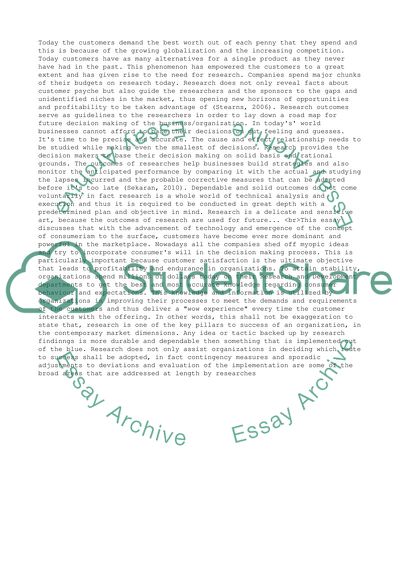Cite this document
(“The Need for Market Research in Contemporary Business Environment Essay”, n.d.)
Retrieved from https://studentshare.org/business/1396016-the-need-for-market-research-in-contemporary-business-environment
Retrieved from https://studentshare.org/business/1396016-the-need-for-market-research-in-contemporary-business-environment
(The Need for Market Research in Contemporary Business Environment Essay)
https://studentshare.org/business/1396016-the-need-for-market-research-in-contemporary-business-environment.
https://studentshare.org/business/1396016-the-need-for-market-research-in-contemporary-business-environment.
“The Need for Market Research in Contemporary Business Environment Essay”, n.d. https://studentshare.org/business/1396016-the-need-for-market-research-in-contemporary-business-environment.


